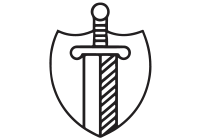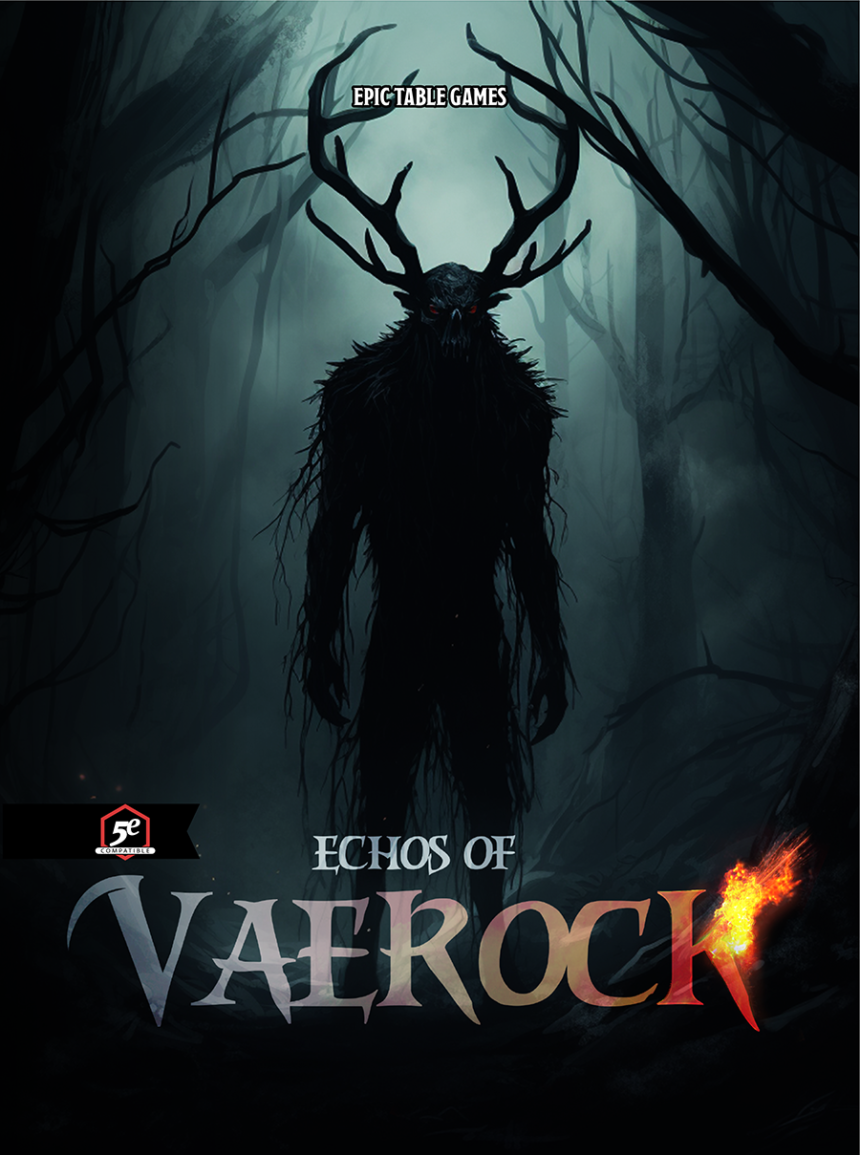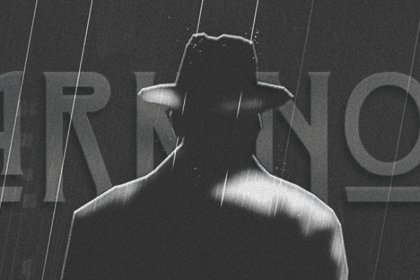Hello everyone, and welcome back to your seat at the Epic Table! Today I’m going to take a somewhat meandering journey to get to my main point—a topic I actually feel very strongly about but rarely have the opportunity to discuss. I’m doing that because I think it’s going to be more clear if you have examples in mind when I start to explain it, but the tabletop examples can get a little abstract. See if you can tell what they all have in common before I’m done. So let’s start with the not-tabletop examples!
Beginning, of course, with what’s clearly the most RPG-relevant topic of all time: NFL football.
Example 1: Highlight Reel Play
I happened to have dinner at a bar tonight, because I was craving some steak tips and also felt like maybe seeing a human being in person for a change—I work almost totally remotely and can get a little shut-in-esque if I’m not careful. While I was chowing down, I happened to observe the NFL game being broadcast on the bar’s TVs. Now, I’m not any kind of football fan, but I’ve been essentially forced to learn the rudiments of the game due to living in a very sports-crazy part of the country. (I have strong opinions on fishing for pass interference now, actually, which is a whole other topic that relates to RPGs in a different way.) Since I was eating alone, I figured I might as well follow along.
Have you ever thought about how easy it is to follow a football game on TV as compared to sitting in the stands in real life? The line of scrimmage marker (the yellow line that says where the ball starts) is entirely a TV creation; there’s nothing like it in the real game. And while referees use hand signals to communicate penalties and who they’re against, as well as things like what down it is and the results of plays, it’s very difficult to see them without the aid of binoculars. If you don’t hear the announcement, you’re lost—but thanks to the scorebug (the thing on the bottom that says what down it is and so on), you can keep the game muted in a bar and follow just fine. And this isn’t even getting into the possibilities afforded by instant replay.
I’m far from the first to remark this, but football is an entirely different product when offered through television. It makes a world of difference to experiencing the game.
Example 2: Mad Max: Fury Road
Mad Max: Fury Road is one of the greatest movies ever made and I will fight anyone who says otherwise.
The story and writing is strong, sure, but a lot of movies have strong writing and story. (And just to show you that my distaste for D&D is less universal than you might think, which I’ll get to even more later, if you haven’t seen Dungeons & Dragons: Honor Among Thieves yet you absolutely should.) What sets Fury Road above the rest, though, is its incredible use of visual media. The sweeping visuals are spectacular and the use of color from a very limited palate is fabulous throughout. Now, again, that’s a thing many movies have.
The reason Fury Road’s use of visuals is so fabulous, though, is that they tell us things about the story and the world without the characters needing to explain them. At no point in the movie does the film ever state that breastmilk and hydroponically-grown vegetables are staples of the Citadel diet—they’re simply displayed on camera, with little time spent discussing them. Likewise, we don’t need to be told how Furiosa is feeling when she discovers the truth of the Green Place. In fact, we don’t even need sound: Charlize Theron’s incredible physical depiction is all we need to see to immediately understand. Hats off to George Miller for understanding that these visual moments were enough for the film.
Example 3: Baldur’s Gate 3
There are probably people who read this blog frequently who are a little surprised that I’m even playing Baldur’s Gate 3. “Tucker,” this hypothetical reader might say, “I thought you hated D&D!” The answer is that I’m really, really enjoying Baldur’s Gate 3. Well, okay, full disclosure: it took me a while to warm up to it, but the reasons for that are worth their own article. Suffice it to say that after the first bit, I’m having a great time.
The story is pretty good, with a couple of really good twists towards the end of Act 2, but it would take more than that to keep me playing the game. (And if I have one complaint… okay actually it’s the camera, but if I had another it’s that no companion has ever done anything to surprise me with their writing.) What’s keeping me playing is that the game is actually a very tight and well-made turn-based combat RPG. Sure, there are plenty of concessions to the game’s format that cause them to differ from the tabletop rules, but I think those changes ultimately make the game more fun.
I’m also really enjoying certain sides of the game that I’d never like on tabletop. I’ll avoid spoilers for all those playing, but leading a charge against a certain enemy fortress was an epic moment that played out with great pacing. (I’ll admit at this point that I just built myself a new gaming computer and the game is putting it through its paces; I could see how this would be a less fun experience for someone whose computer made turns take longer.) Stacking a ton of bonuses on top of each other is also super rewarding when it works out, as is dealing massive damage from using a whole bunch of items at once. Even inventory management is surprisingly intuitive, and the encumbrance system actually feels like an interesting limit on gameplay for once.
People are saying Baldur’s Gate 3 is one of the best games ever made. I certainly don’t want to make that claim, but it’s an amazing implementation of a tabletop RPG.
The Common Thread
So what do all three of these examples have in common?
All three of these works of media—the NFL on television, Fury Road the movie, and Baldur’s Gate 3 the RPG—make excellent use of their medium to create a better experience. The NFL is ten times easier to understand because of all the TV visual additions. Fury Road knows it’s a movie and uses visual storytelling to communicate ideas rather than infodumps or dialogue. Baldur’s Gate 3 is a computer game and can streamline traditionally horrible parts of D&D like large combats or inventory management. These works take full advantage of their format to create better experiences.
So what does this have to do with tabletop RPGs? Simple: we as GMs/MCs should be doing the same thing.
There are things that work better in tabletop than they do in movies, TV, or video games. These are the elements of our games that we should be leaning into. Conversely, there are parts of games that don’t work well on tabletop (looking at you, D&D combats with 20 enemies). These are the kind of things that we should avoid.
This might sound obvious, but I’ve seen a lot of people not think through the implications. Sure, you might not put 10 bandits in your encounter… but have you shaped your story around these limitations? Have you specifically designed your prep to place players in situations where you won’t have to break these limits?
Tabletop RPGs are an incredibly unique experience that we all share. The best way to improve that experience is by leaning into what makes it special.
The contents of this post are © 2024 H. Tucker Cobey. All rights reserved.






